Tokyo Tech Bulletin is an email newsletter introducing Tokyo Tech's research, education, and students' activities. The latest edition, "Tokyo Tech Bulletin No. 64", has been published.
To get the most recent news directly to your inbox, subscribe to Tokyo Tech Bulletin outer now.
SPECIAL TOPICS
2022 New Year's message
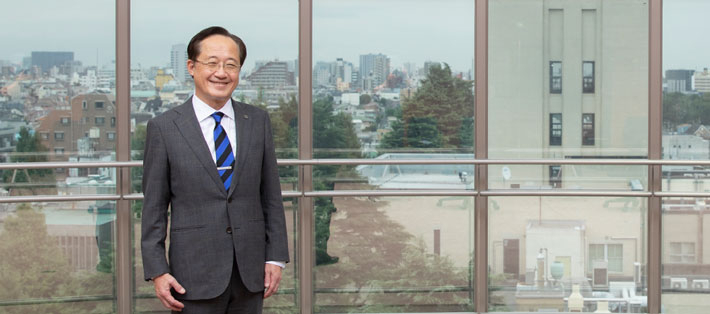
As we welcome in the year of the tiger in 2022, the Institute looks to the future equipped with agility, poise, determination, and commitment.
Despite the waves of apprehension and uncertainty that attempted to wash over us in the past year, the Tokyo Tech community emerged from various challenges stronger than ever. Like so many times in the Institute's history, we embraced the unknown and demonstrated that these intimidating crests can be surmounted with courage, flexibility, creativity, and compassion for one another. I admire greatly the students, faculty, and staff of Tokyo Tech for their unrelenting, fearless drive to push forward and create a better future, regardless of the circumstances.2022 will be another year of sustainable continuity and positive change.
Understanding ourselves through our interactions with computers
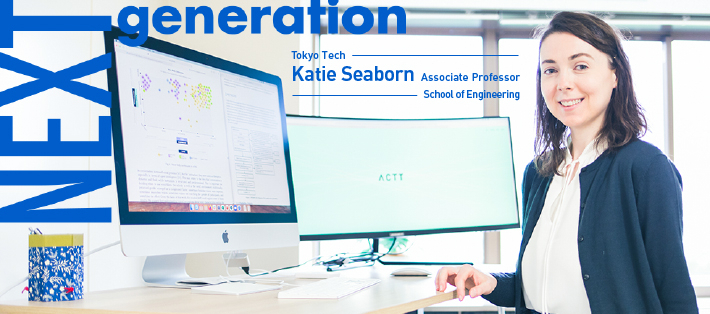
Understanding and improving people-computers relationship or "interaction" is the core of the field of "human-computer interaction". Current technologies often seek to reproduce "human-human" relationships with computers. But our high expectations, social biases, and imperfect understanding of ourselves limit the design of these technologies and the success of the experiences that they provide. Katie Seaborn, Associate Professor in the Department of Industrial Engineering and Economics and head of the Lab for Aspirational Computing at Tokyo Tech (ACTT), recognizes these issues better than most. Her groundbreaking research is helping to resolve these issues, forcing people to critically evaluate their contributions to technology and helping to envision a more positive, inclusive, and socially responsible future.
New recycling method turns plastic into fertilizer
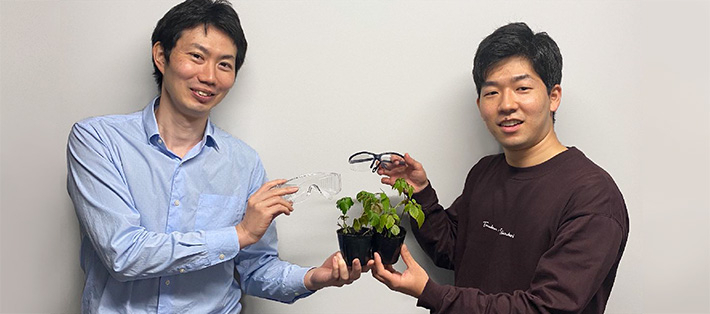
On October 28th, Tokyo Tech held an online press briefing with Assistant Professor Daisuke Aoki of the Department of Chemical Science and Engineering, School of Materials and Chemical Technology. He discussed his work on a method to convert plastic into fertilizer, a development that could contribute to solving major global issues.
Toward carbon-neutral society through emerging technology —DLab dialog for the future—
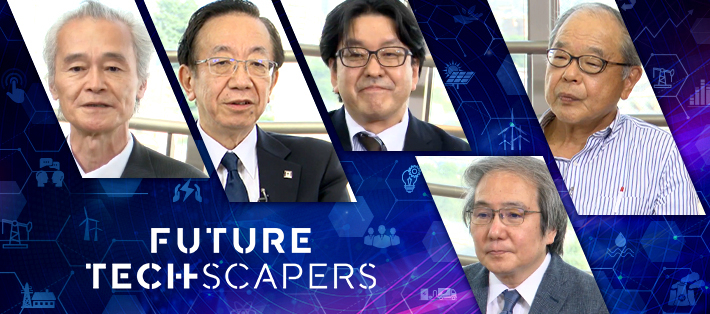
To realize DLab's future scenario No. 20 "Eliminate concerns regarding food and energy shortages",one of the 24 future scenarios that depict the future we aspire, five researchers from Tokyo Tech discuss energy systems and a future society from the perspective of creating, transporting, storing, and using energy.
The future of the virtual and the real
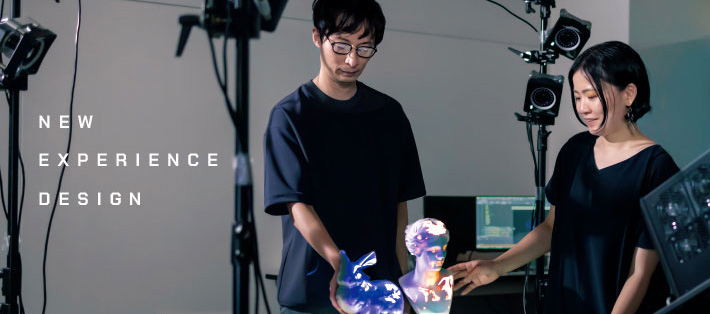
The new world of design for virtual and real experiences
Tokyo Tech alumna Chiharu Kodama is a designer and art director who believes that the world can be made better with the power of design. School of Engineering Associate Professor Yoshihiro Watanabe comprehends the instants that human eyes cannot perceive and works with control technology on dynamic projection mapping. The two got together to discuss this new era in design in which relationships — humans and computers, the virtual and the real, time and distance — are changing.
Research
Development of the Demonstration Satellite HIBARI with Variable Shape Attitude Control

A research team, led by Professor Saburo Matunaga, School of Engineering Tokyo Tech, developed a 50 kg class technology demonstration microsatellite called HIBARI that denotes "skylark" in English. The purpose of this satellite is the on-orbit demonstration of Variable Shape Attitude Control (VSAC) technology where attitude and orbit are controlled using a variable structure, and the satellite adjusts the attitude via the recoil from the movement of the four movable solar cell paddles. By deploying and retracting the paddles, atmospheric drag can be adjusted and used for orbit control.
The changing patterns of DNA microcapsules
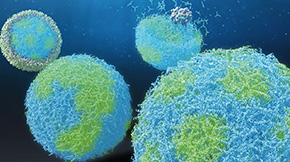
DNA capsules with changing patterns and ability of enzymatic reactions could pave the way for artificial cells and molecular robots.Biophysicists in Japan have found ways to make and manipulate capsule-like DNA structures that could be used in the development of artificial molecular systems. Such systems could function, for example, inside the human body. The study was a collaboration between Yusuke Sato of Tohoku University and Masahiro Takinoue of Tokyo Tech and the findings were published in the JACS Au.
Probing the Dysregulation of Ubiquitin-Specific Protease 8 Activity in Cushing's Disease
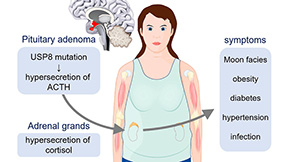
The molecular mechanism underlying enzyme activity regulation of ubiquitin-specific protease 8 (USP8) has been decoded by researchers at Tokyo Tech. USP8 has been implicated in Cushing's disease pathogenesis. They identified an autoinhibitory region on the enzyme that interacts with its catalytic region. They also provide first evidence on the release of autoinhibition due to USP8 mutations as the underlying cause behind Cushing's disease. Their findings could be invaluable for understanding Cushing's disease pathogenesis.
Reducing CO2 using a Panchromatic Osmium Complex Photosensitizer
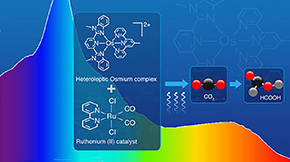
Using photocatalysts to reduce CO2 has received a lot of attention recently. Scientists from Tokyo Tech have developed a new osmium complex that can absorb a full wavelength range of visible light and act as a panchromatic redox photosensitizer for CO2 reduction. The team combined this complex with a ruthenium (II) catalyst and successfully reduced CO2 into formic acid.
Decoding Protein Assembly Dynamics with Artificial Protein Needles
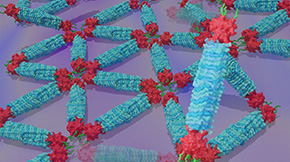
Protein assembly is essential for the formation of ordered biological structures, but imagine engineering one! This is exactly what researchers at Tokyo Tech have now accomplished with protein needles. By regulating the tip-to-tip interactions of these needles, they allowed for their self-assembly into lattice structures, ordered monomeric states, and fiber assemblies, paving the way for the controlled construction of more of such protein architectures.
Scientists Reduce All-solid-state Battery Resistance by Heating It
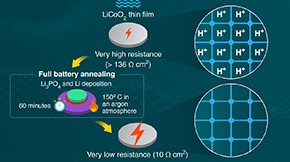
All-solid-state batteries are now one step closer to becoming the powerhouse of next-generation electronics as researchers from Tokyo Tech, AIST, and Yamagata University introduce a strategy to restore their low electrical resistance. They also explore the underlying reduction mechanism, paving the way for a more fundamental understanding of the workings of all-solid-state lithium batteries.
Novel Peroxide-based Material Emits Fluorescence in Response to Stress
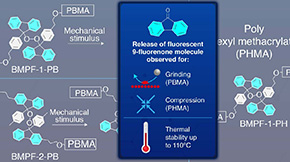
A new organic peroxide molecule, BMPF, prepared by scientists at Tokyo Institute of Technology (Tokyo Tech), releases fluorescence under mechanical stress and could be incorporated into polymer networks for mechanofunctional design. BMPF-linked polymers are also stable at relatively high temperatures and could pave the way for highly selective and efficient small-molecule-releasing systems with applications in imaging and drug delivery.
Nascent Polypeptides Stabilize Ribosomes for Uninterrupted Translation, Tokyo Tech Scientists Show
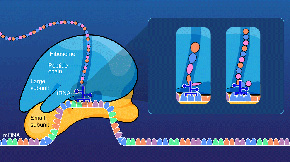
Protein production (translation) is a complex process involving machinery called ribosomes. How do cells counter ribosomal destabilization leading to premature termination of translation? Scientists at Tokyo Institute of Technology (Tokyo Tech) uncover a novel role of nascent protein chains in stabilizing translating ribosomes. They suggest that longer peptide sequences spanning the ribosomal exit tunnel and bulky amino acid residues in the tunnel entry help stabilize the ribosome by bridging its subunits, ensuring uninterrupted translation.
In the spotlight
. Any information published on this site will be valid in relation to Science Tokyo.















